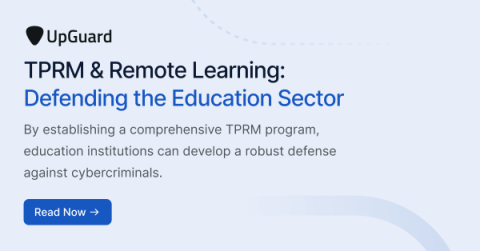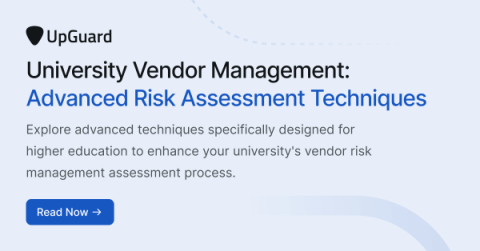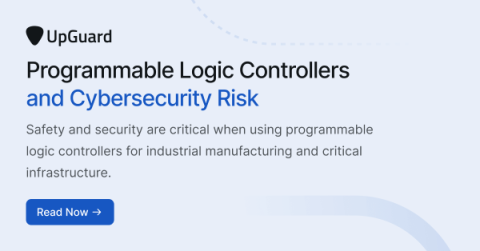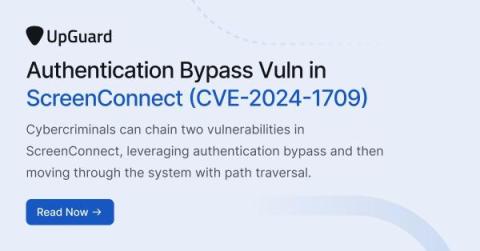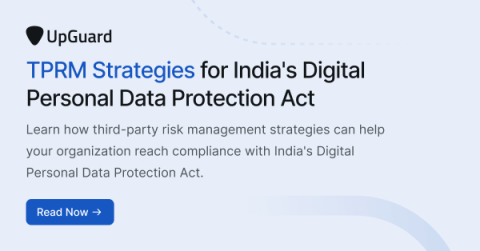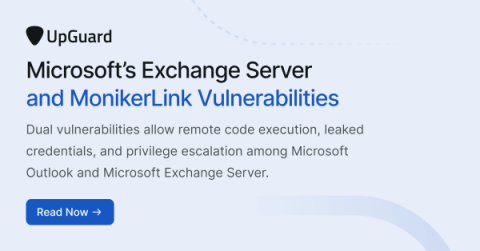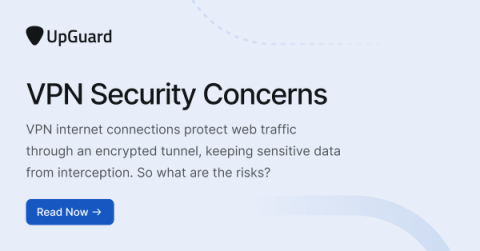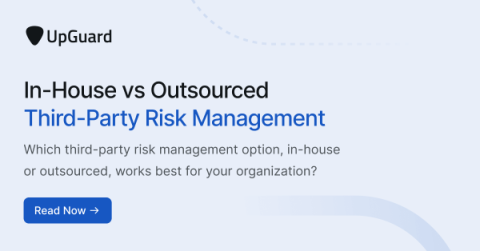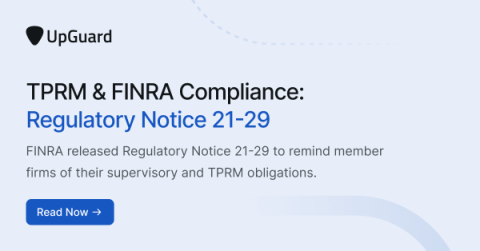TPRM & Remote Learning: Defending the Education Sector
The rise of remote learning has motivated cybercriminals to advance their assault on the education sector. In 2022, cybercriminals deployed more than 2200 attacks against higher education institutions every week, a 44% increase compared to 2021 (Check Point, 2022). Risk professionals attribute this increase to various factors, including the structure of remote learning environments.


